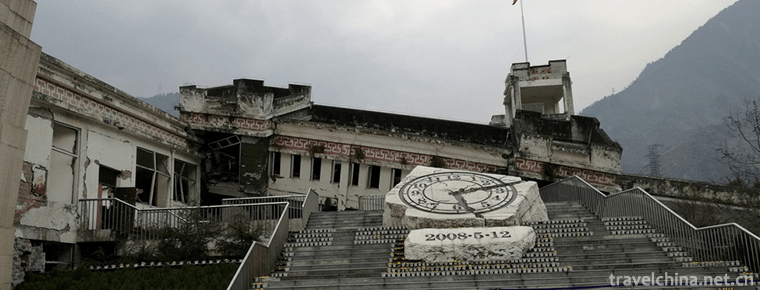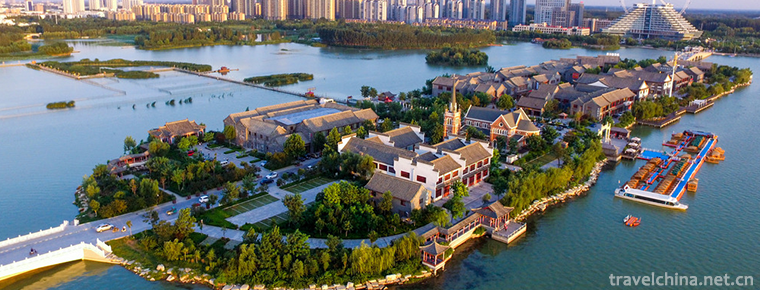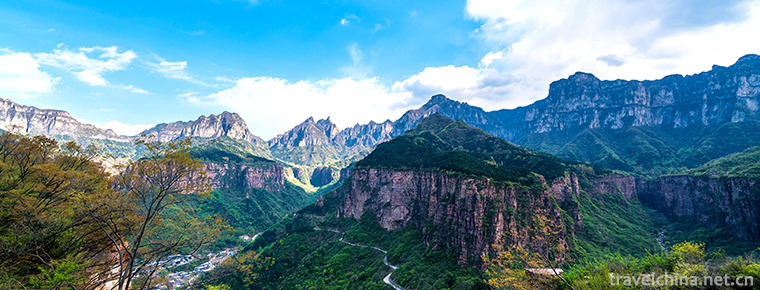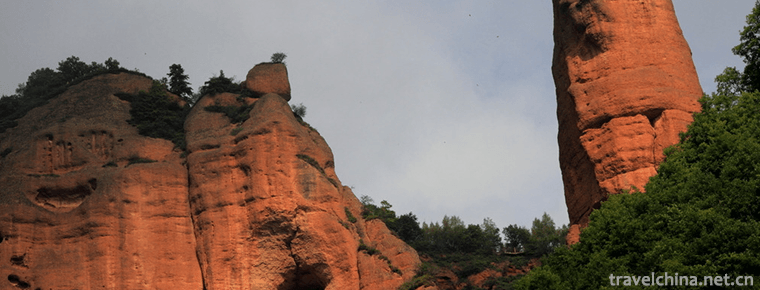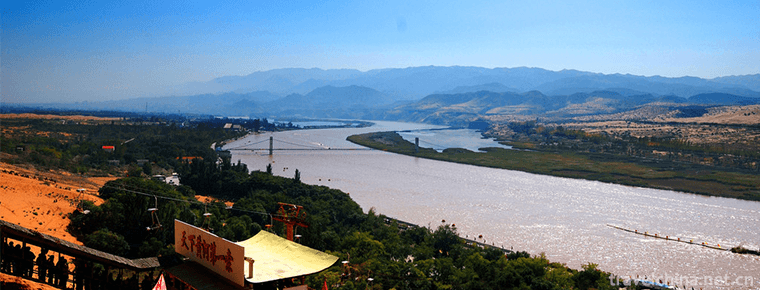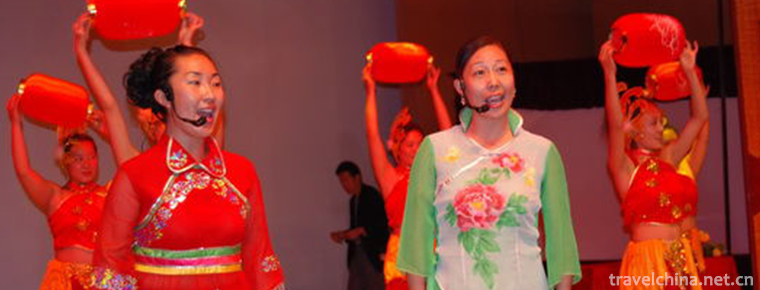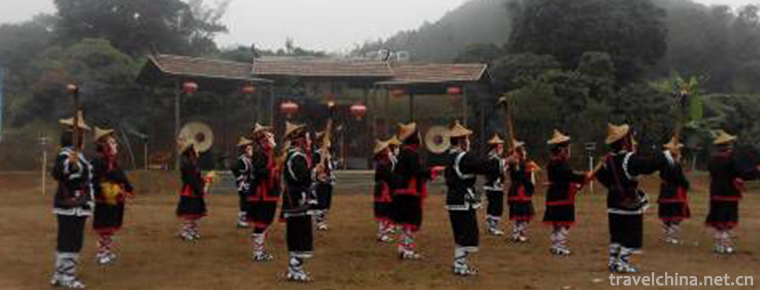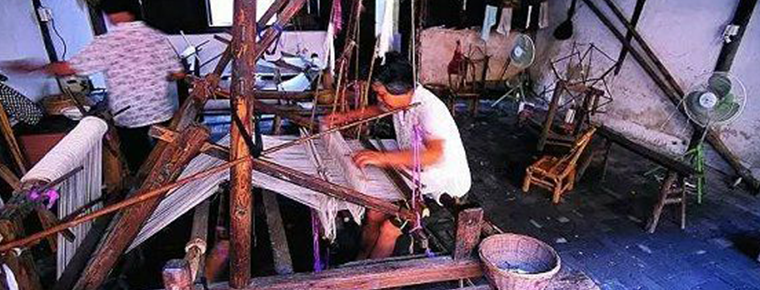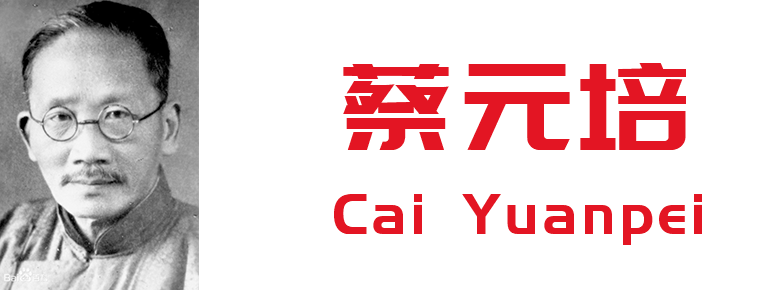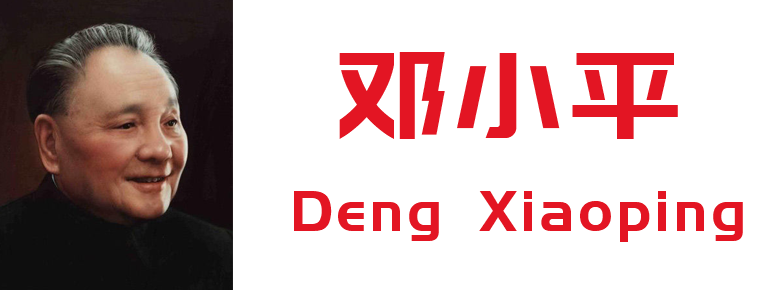The Bund
The Bund, located on the Huangpu river bank in Huangpu District, Shanghai, is Huangpu's historic beach. Since 1844, the Bund has been classified as a British concession, a true portrayal of Shanghai's Shiliyang Square, and the beginning of the old Shanghai concession and the whole modern city of Shanghai.
The Bund is 1.5 kilometers long. It runs from Yan'an East Road in the south to Waibaidu Bridge on Suzhou River in the north. It is the Huangpu River in the East and the concentration of financial and foreign trade institutions in old Shanghai in the west. After Shanghai became a commercial port, foreign banks, commercial banks, general associations and newspapers began to gather here, and the Bund became the financial center of the whole country and even the Far East. In August 1943, the Bund was returned to the Shanghai Public Concession by the Wang Puppet Kuomintang Government, ending a century-long period of concession. In the thirty-fourth year of the Republic of China (1945), the Bund had its official name Zhongshan East Road.
The Bund stands 52 classical revival buildings of different styles, known as the Bund World Architectural Expo, which is one of the most important historical sites and representative buildings in modern China and one of the landmarks of Shanghai. In November 1996, the State Council included it in the fourth batch of national key cultural relics protection units. Opposite the Bund is Lujiazui in Pudong, which is a symbol of China's reform and opening up and a microcosm of Shanghai's modernization drive.
In March 2018, Shanghai Bund started the function replacement work of the "second elevation" (i.e. non-river-facing Bund complex) simultaneously on the basis of promoting the function replacement of the "first elevation" (i.e. river-facing buildings).
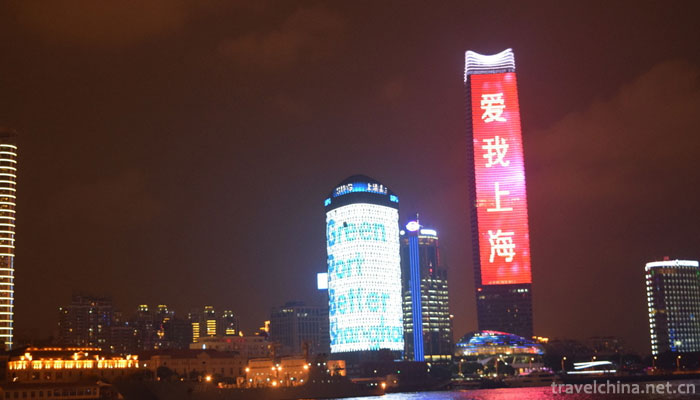
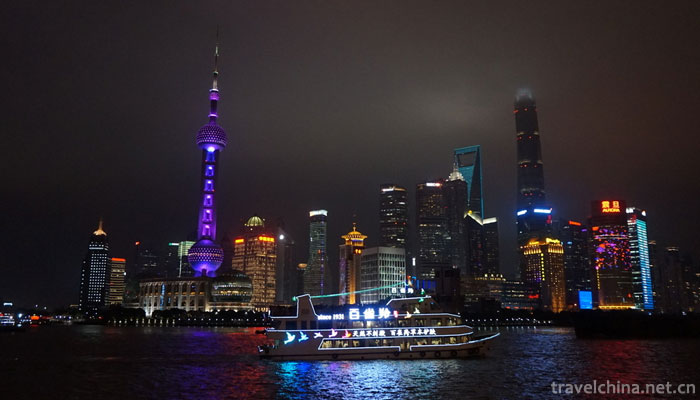
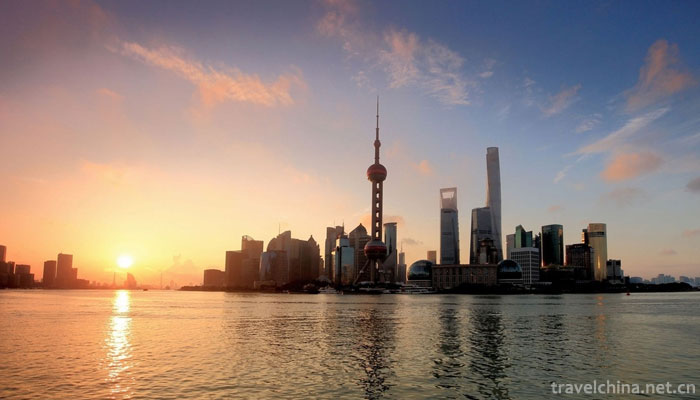
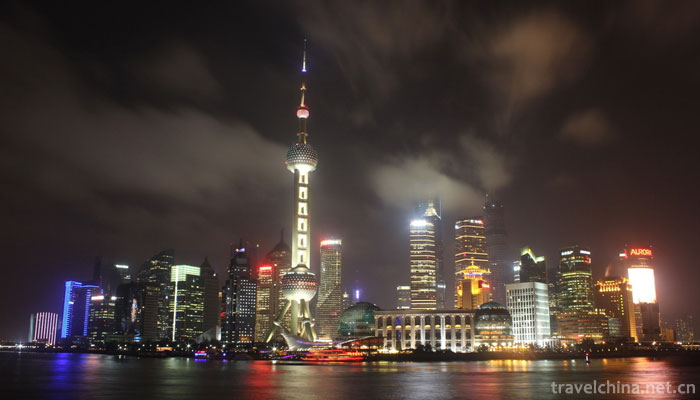
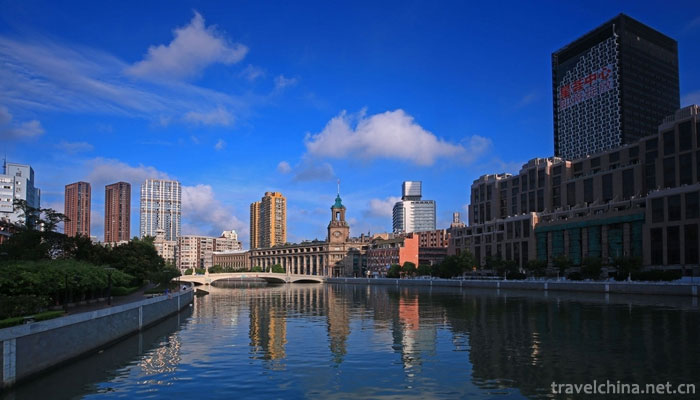
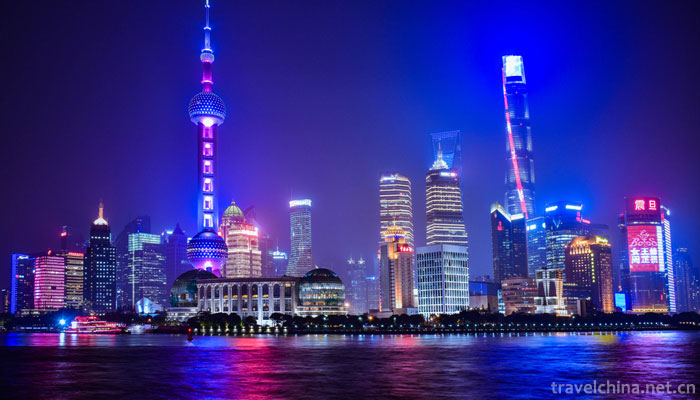
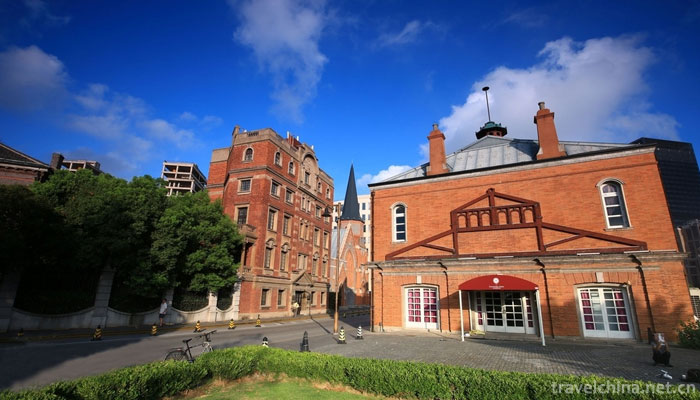
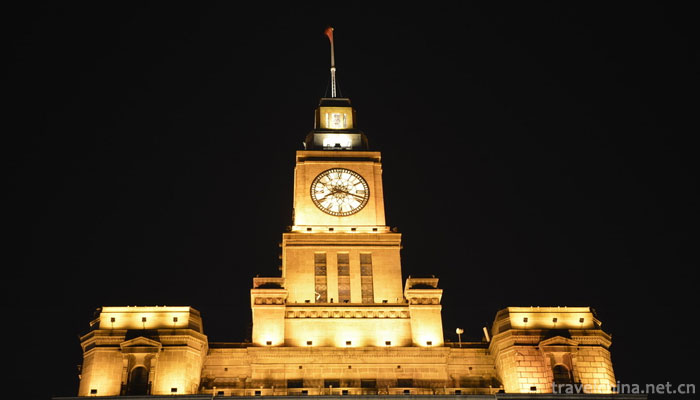
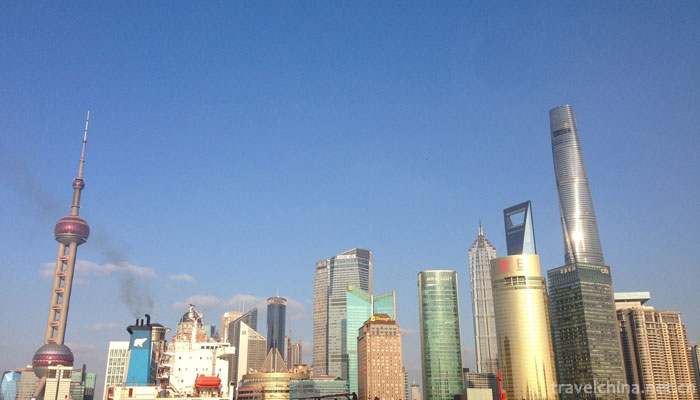
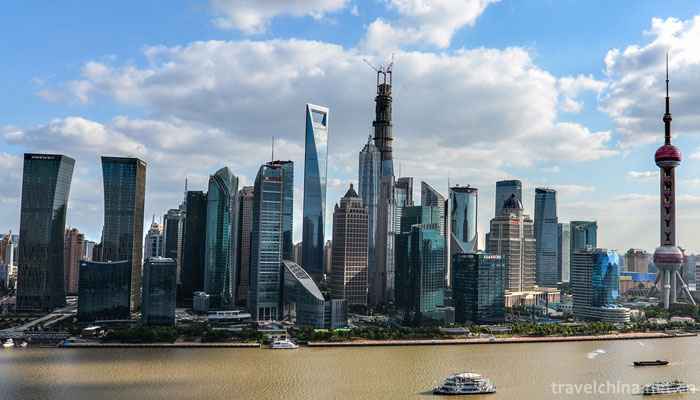
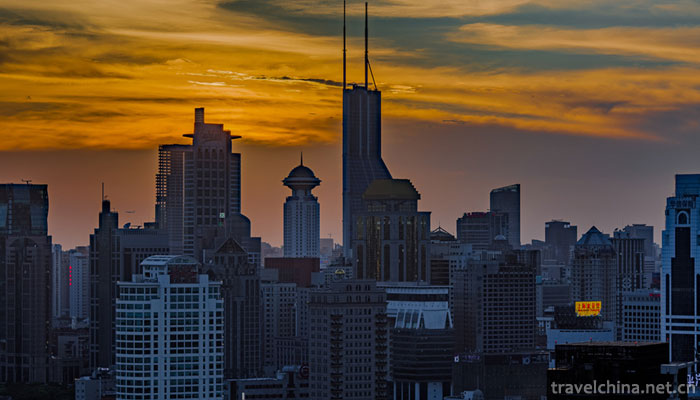
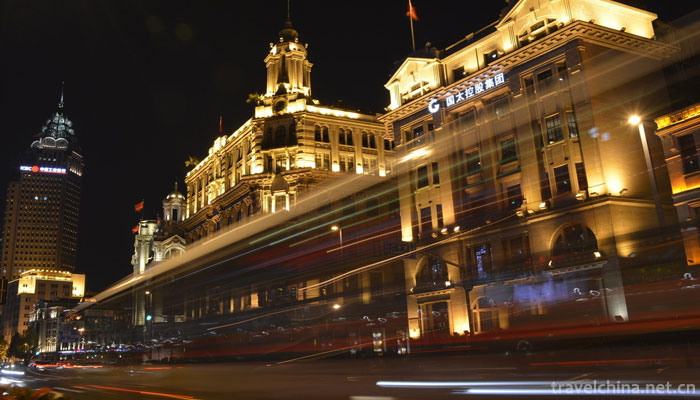
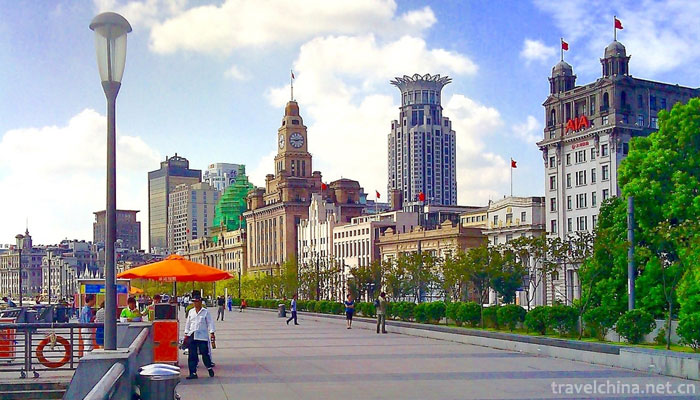
The Bund
-
Wenchuan Special Tourist Area
Wenchuan Special Tourist Area is a memorial and cultural theme scenic area specially developed after the reconstruction of the Wenchuan Earthquake on May 12, 2008
Views: 231 Time 2018-12-12 -
Dongchang Lake Scenic Area
Dongchang Lake Scenic Spot, located in the southwest of Liaocheng City, a famous national historical and cultural city, belongs to Dongchangfu District and is a national AAAA-level tourist scenic spot
Views: 161 Time 2018-12-20 -
Baligou Scenic Area
Baligou Scenic Area is located in the deep mountain area of Shangbali Town, Huixian County, Xinxiang City, Henan Province, 50 kilometers northwest of Xinxiang City, the southern foot of Taihang Mounta
Views: 233 Time 2018-12-24 -
Yeliguan Scenic Area
Yeliguan Scenic Area is located in Lintan County, with Yeliguan of Lintan County as the center. It is divided into four scenic areas: Lianhuashan, Xixia, Dongxia and Yehai Lake.
Views: 183 Time 2018-12-26 -
Scenic Spot of the Source of the Yellow River
Kariqu, one of the sources of the Yellow River, started with five springs, and Maqu, the other with only one springs. This is the source area of the Yellow River. Tourists here can't imagine that the
Views: 192 Time 2019-01-18 -
Changli folk songs
Changli folk song is a kind of local folk ditty inherited from generation to generation by Changli people. The content of singing can be divided into four categories: labor chant, story and legend, lo
Views: 237 Time 2019-04-15 -
Wo Lou dance
Helou Dance is a traditional folk entertainment program in Yunan County, Guangdong Province. It is called "living fossil" in traditional dance. Helou Dance is the product of
Views: 158 Time 2019-05-02 -
Qinghai Han Minority Folk Minor
Qinghai Han folk minor is one of the genres of Chinese folk songs. Generally speaking, it refers to folk songs and dances popular in town fairs. Through the spread of the past dynasties
Views: 467 Time 2019-06-10 -
Wunijing Handmade Cotton Textile Technology
Wunijing handmade cotton textile technology has a very long history in China. Cotton and hemp textiles first appeared in the Neolithic Age. The handmade cotton textile technology in the Tang Dynasty w
Views: 176 Time 2019-06-29 -
Cai Yuanpei
Cai Yuanpei (January 11, 1868 - March 5, 1940), word crane Qing, also the word Zhong Shen Cai Zhen, Zhou Ziyu, Han nationality, Shanyin County, Shaoxing Prefecture, Zhejiang (now Zhejiang). Shaoxing (
Views: 212 Time 2019-09-06 -
Deng Xiaoping
Deng Xiaoping (August 22, 1904 -1997 February 19th), formerly known as Deng Xiansheng, the scientific name of Deng Xixian, Guang'an, Sichuan. Go to Europe early Work study program After his return, he
Views: 342 Time 2019-09-07 -
Sugar Eggs
Laozao is a local snack, belonging to Sichuan cuisine. Laolao, a kind of wine brewing in ancient Chinese, is a Sichuan dialect, that is, boiled eggs with wine brewing. Put the mash in the pot and boil
Views: 491 Time 2020-03-09
